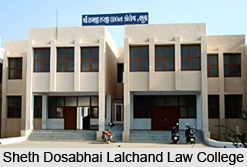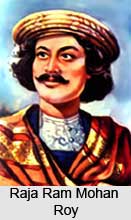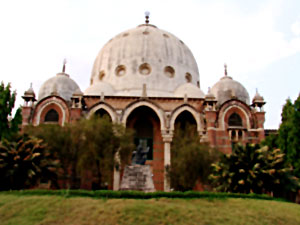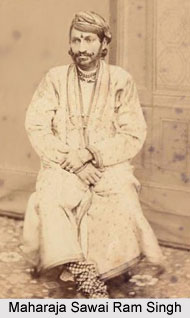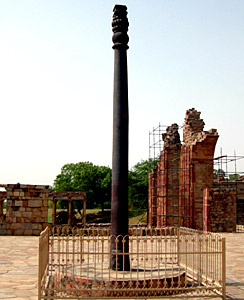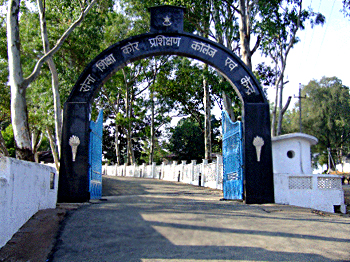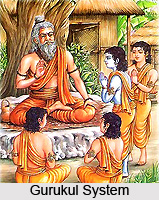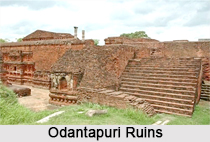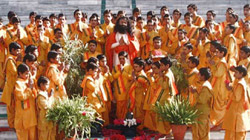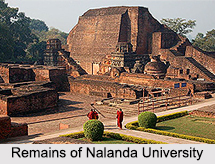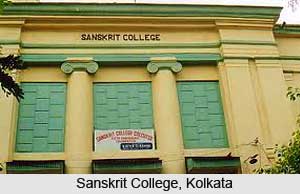 Native Medical Institution (NMI) was established on 21st June 1823. After 1812 it was required to guide and instruct native doctors on a more scientific and systematic order.
The present method of teaching through the hospital or personal apprenticeships was then rejected. The Medical Board was highly impressed by the discoveries of the Orientalists and the availability of outstanding treatises of Ayurvedic medicine. On 9th May 1822 they laid down before the government the plan of establishing a medical institution. They proposed the idea of imparting western as well as indigenous medical sciences to the native doctors. The chief idea was to fill up the vacant positions in the military and civil establishments of the Presidency of Bengal. Initially it provided education to 20 students with a monthly stipend of Rs.8. It was a three year course in vernacular languages.
Native Medical Institution (NMI) was established on 21st June 1823. After 1812 it was required to guide and instruct native doctors on a more scientific and systematic order.
The present method of teaching through the hospital or personal apprenticeships was then rejected. The Medical Board was highly impressed by the discoveries of the Orientalists and the availability of outstanding treatises of Ayurvedic medicine. On 9th May 1822 they laid down before the government the plan of establishing a medical institution. They proposed the idea of imparting western as well as indigenous medical sciences to the native doctors. The chief idea was to fill up the vacant positions in the military and civil establishments of the Presidency of Bengal. Initially it provided education to 20 students with a monthly stipend of Rs.8. It was a three year course in vernacular languages.
Teaching Methods in Native Medical Institution
The Native Medical Institution translated treatises on anatomy, medicine and surgery from the European languages to help the students to understand them. Several classes were also held on Unani and Ayurvedic medicine from 1826 at the Calcutta Madrasa and the Sanskrit college. Lectures were also started on mathematics and anatomy by John Tyler, an Orientalist and the first superintendent of the NMI in 1827. Several western medical texts were translated in native language. Dissection was not performed but clinical experience was required. Instructions were given about both western and native medical systems. Visiting different hospitals and dispensaries were a part of the training process for the trainee medical students. Skilled native doctors were given government jobs.
Along with the development of Native Medical Institution, Sanskrit medical classes were also started at the Calcutta Sanskrit College. The college imparted education on works of Charak, Sushruta and various other notable Indian writers. Besides this translated works in Urdu were also taught. Urdu classes were also initiated at the Calcutta Madarsa. It Students were instructed to visit the important hospitals of Kolkata for clinical teaching. Dissection of human body was not executed. Practical information was provided on the subject through the dissection of lower animals. Post mortem examination at the General Hospital was allowed to be viewed by the students. After passing out the students served at the army or civil department for 15 years. During that time they were given a salary of Rs. 20 per month and an extra Rs. 5 when they were on field service.
In November 1830 John Tytler succeeded Surgeon Bretton as superintendent of the NMI. The former was a famous Orientalist. During his service period several vernacular translations were done. In August 1831 a small hospital with just 30 beds was established for practical training purpose. It was joined with the Sanskrit College. The hospital was set up on the monitory contributions by Babu Ram Commul Sen. Tytler had supported the cause of medical education through the medium of vernacular languages. The native language was held in high esteem by Tytler. The western medical education was also taught in native language. Till 1835 he vehemently opposed the idea of implementing
English language but later he was forced to incorporate it as the medium of instruction.
Native Medical Institution was the first educational institution of its kind in British India.
The primary objective of the government was to prepare a group of native doctors in Western medical system to fulfil the military and civil requirements. Indigenous medical systems were later added to it. However, the abolition of Native Medical Institution for almost a period of 85 years restrained the growth and progress of the indigenous medical system until the formation of the provincial governments under the Act of 1919.

